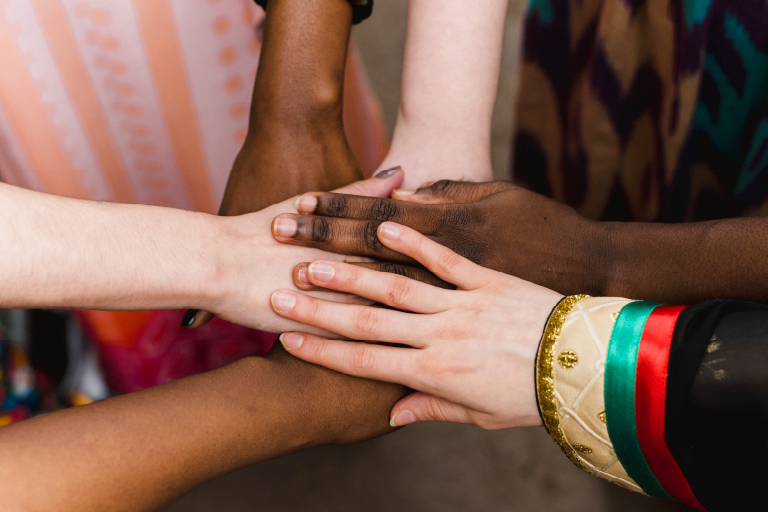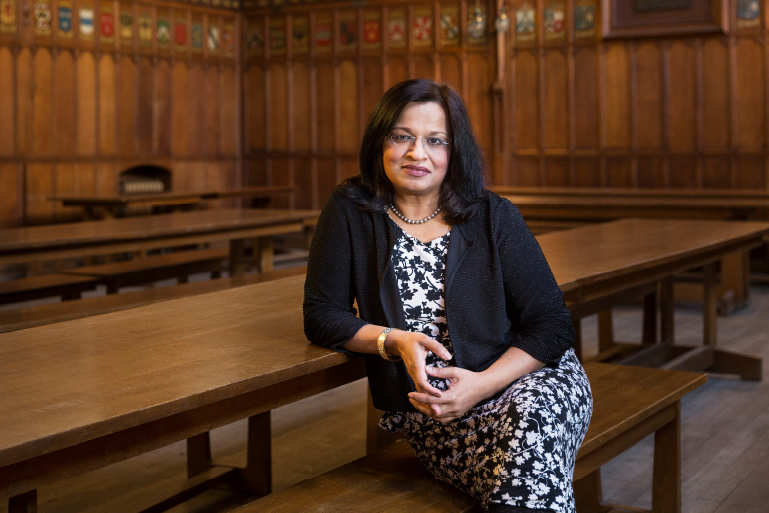When you look at the largest piece of the pie in the annual report on American philanthropy, Giving USA*, it is perhaps natural to think of it as a separate category, disconnected from “secular” good works pursued by nonprofits in other categories. Religion, of course, is deeply enmeshed in our histories, our constitutional foundations, and the way we find meaning when confronting our own mortality and that of our loved ones.
But keeping faith in its own box is a mistake. It diminishes our ability to get things done, no matter what our cause. First, communities we seek to engage to do good work are often organized on faith principles. Second, organized faiths, both established and emerging, have significant effects on our public and personal lives – and we may very well be experiencing a new surge of energy on this front. And, finally, our ability to share beliefs in things we cannot see, whether they are spiritual or aspirational, is a terrific power we should all seek to appreciate and understand better. It is what gives purpose to the work we do.
Professor David King rightfully reminds us that focusing primarily on giving to congregations undercounts the role of faith-based communities in education, health, human services, and international giving. Indeed, secular governmental policies to support community development at home and abroad collaborate directly with faith communities. The U.S. Department of Housing and Urban Development engages faith-based community organizations because they “form the bedrock of our society.” USAID has a similar effort to support its work abroad. It joined our Lake Institute on Faith & Giving and our Muslim Philanthropy Initiative at the Vatican’s first gathering on faith and philanthropy last fall.
Too much of this-worldly civic activity takes place in faith communities for them to be ignored. Whether or not you are a booster of World Vision, St. Jude Children’s Research Hospital, Notre Dame or Yeshiva universities, The Salvation Army, your parochial school, or your local chapter of Alcoholics Anonymous, faith is the common theme. Ordained leaders of different faiths have also been important framers of our public discourse as well as our sense of civic duty and civic responsibility, with Martin Luther King Jr. being the signal American example of the twentieth century.






